|
Hornworms are very large caterpillars with a horn-like tail. Caring for hornworms involves a few key steps to ensure they grow healthy and are suitable as feeders for your pets. Here’s a concise care sheet:
Housing: Keep the hornworms in a container with the lid up or on a screen for proper ventilation. Temperature: For faster growth, maintain a temperature around 82°F/ 28°C. To slow their growth, keep them at about 55°F/ 13°C. To pause growth, refrigerate at 45°F/ 7°C for two days. Feeding: Hornworms are provided with enough food for their growth. They feed on a special diet of hornworm chow provided in their container. Maintenance: Remove waste daily to keep the environment clean. Handling: Use hands or tongs to handle hornworms. Their horn is harmless and won’t hurt your pet. Disposal: Never release hornworms into the wild. To dispose of them, freeze for at least 24 hours and then discard in the trash. Remember, proper care is essential for the health of both the hornworms and the pets they will feed.
0 Comments
So you have ordered some live mealworms and they have arrived. Now what?? Well it depends on your use for them!
Mealworms are the larvae of darkling beetles and are often used as food for pets such as reptiles, spiders, birds, and even rodents. If you want to keep and maintain healthy mealworms, understanding their feeding habits and providing them with a safe and comfortable environment are important steps to take. Here are the basics:
If you have any problems with your mealworm care, please let us know and we will be happy to help answer your questions. Regards, The Bug Farms Team 😊 Check out this video of our mealworms devouring apple! Mealworms have a big appetite! The more you feed them, the faster they will grow, and the bigger they will become. This apple was completely finished in about 3 hours. Mealworms can eat just bout anything including; oatmeal, bran, fruits, vegetables, algae, and even dry cat or dog food. But mealworms prefer to eat fruits and vegetables like potatoes, apples, and carrots. They love apples! Check out our mealworms at www.thebugfarms.com. Thanks for watching!! |
AuthorBlog posts come from our experience bug farming and also from third party contributors. Archives
March 2024
Categories |

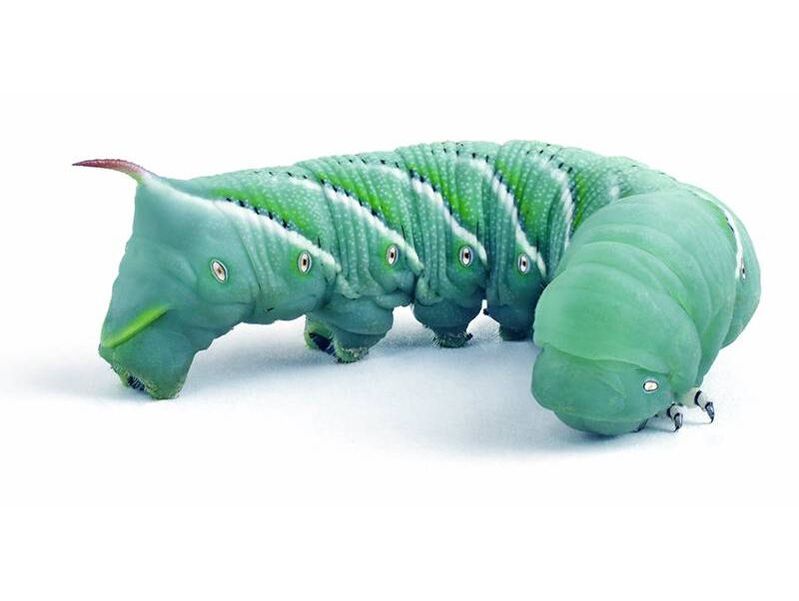
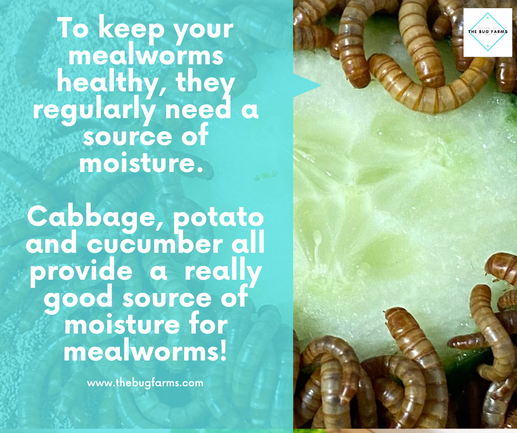
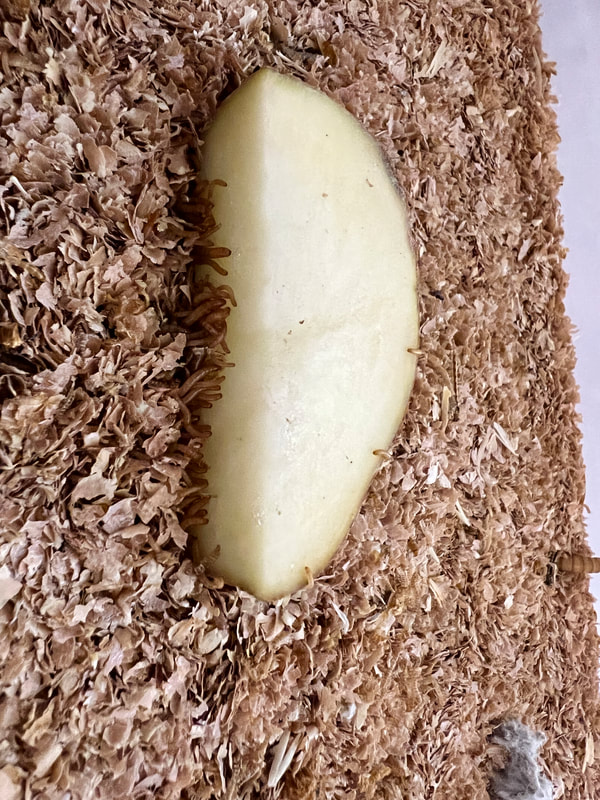
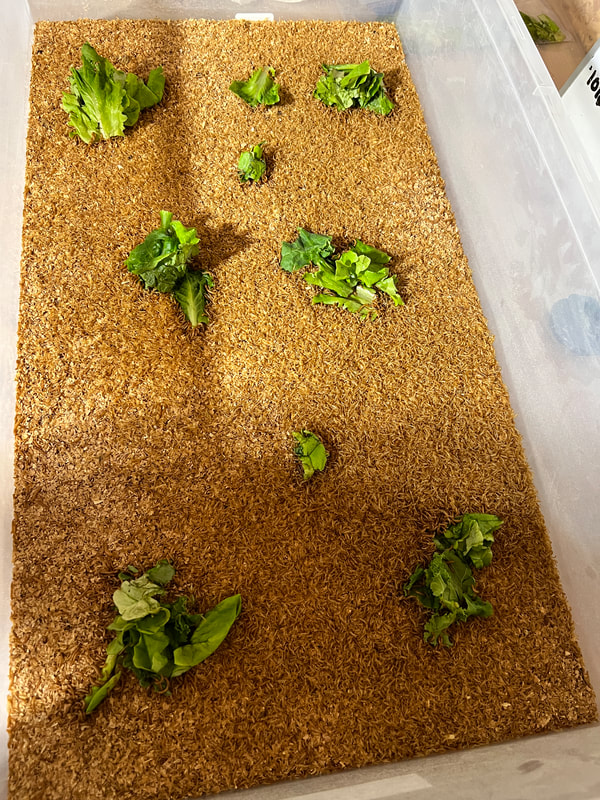
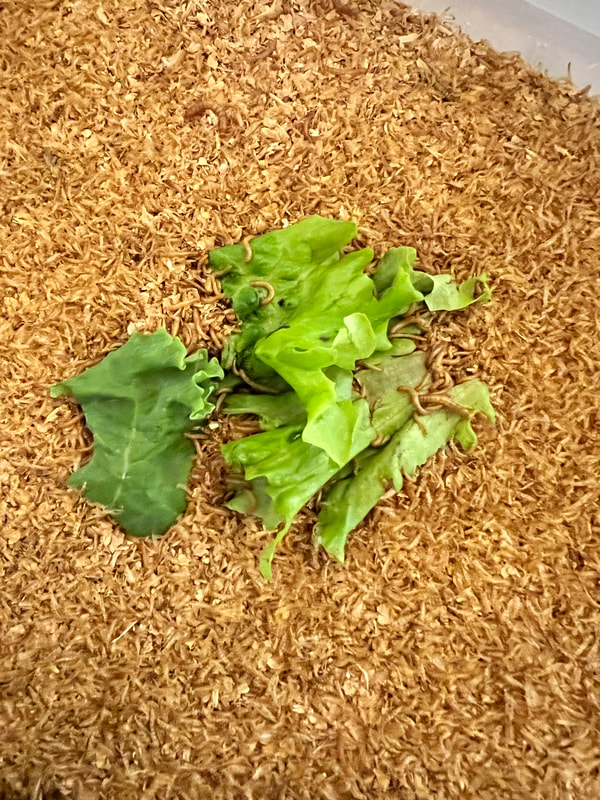
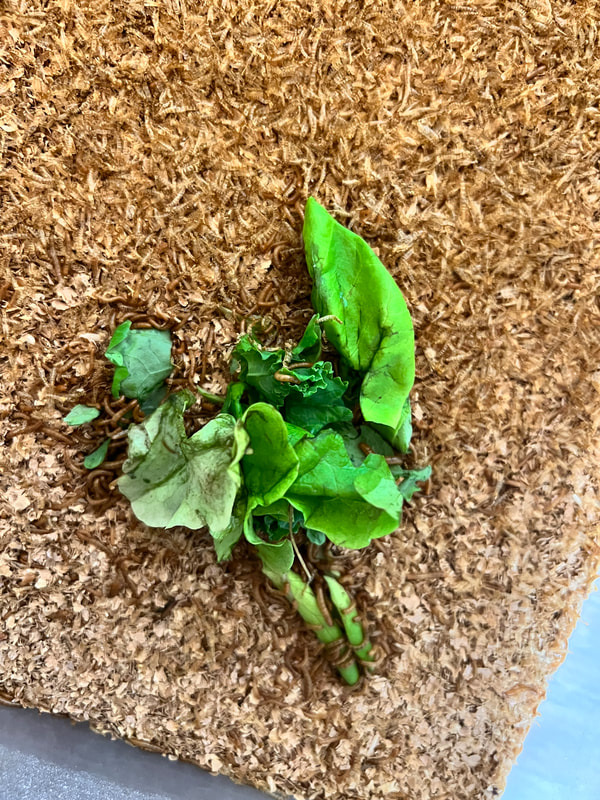
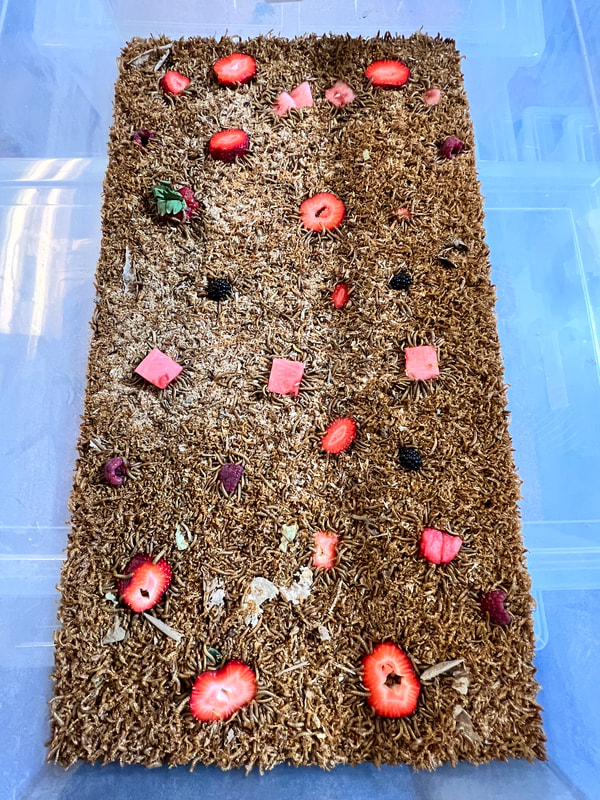
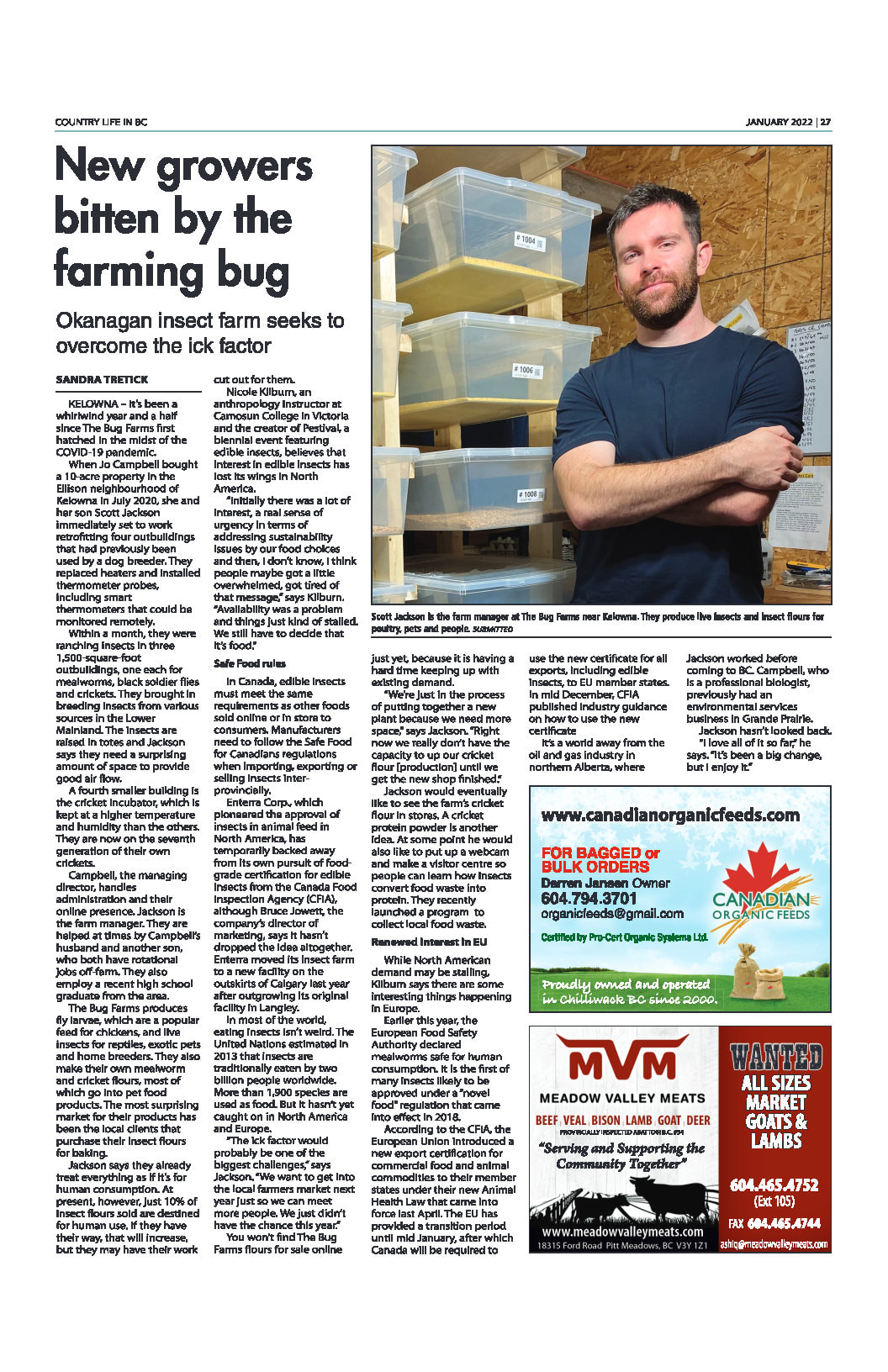
 RSS Feed
RSS Feed